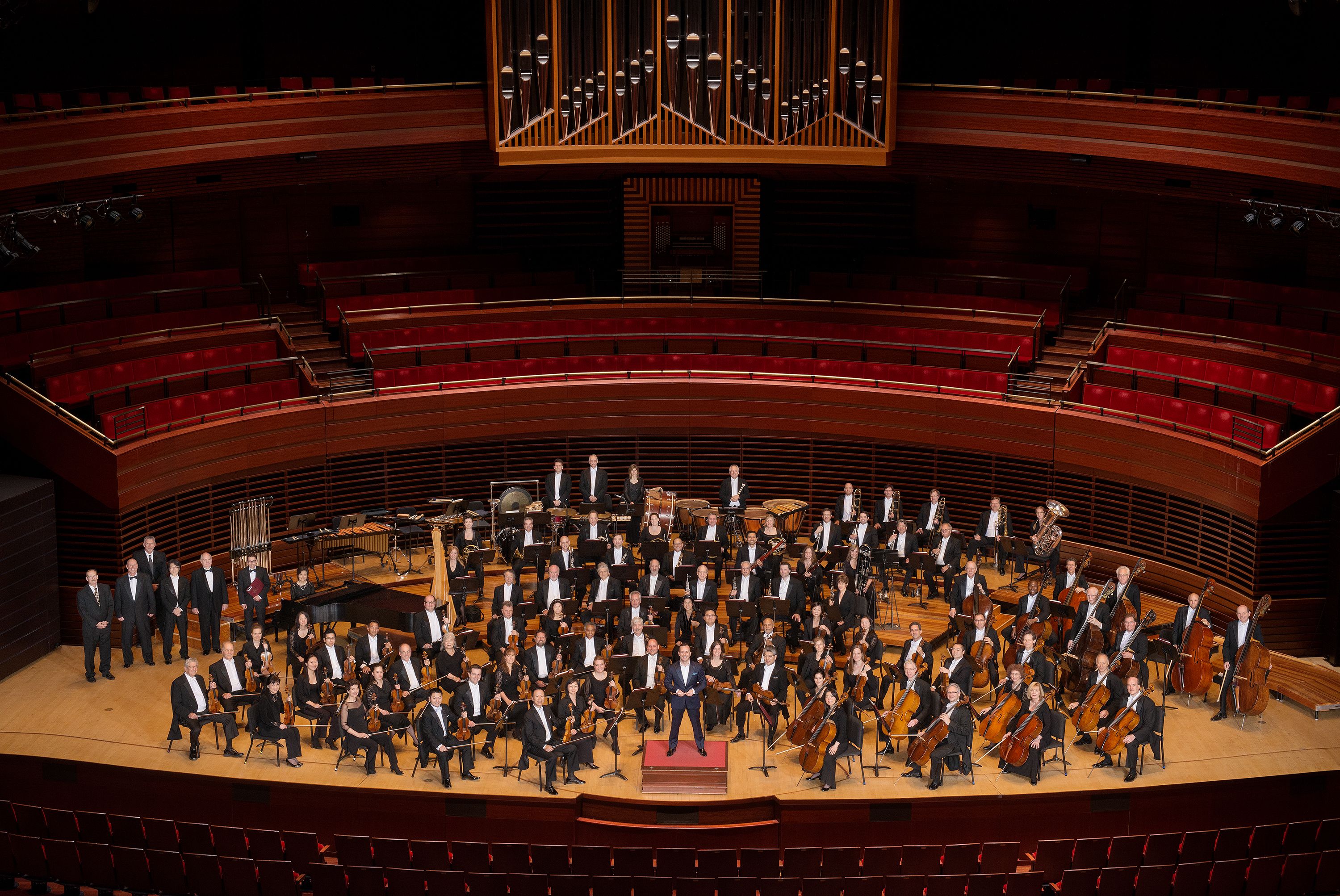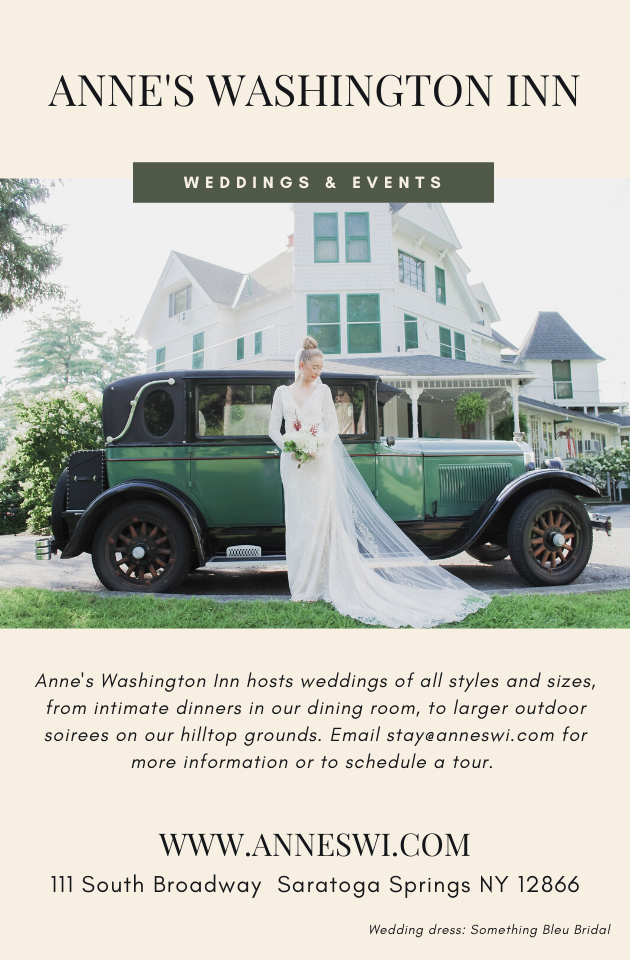ADORATION (ORCH. BY JIM GRAY)
Composed c. 1951
FLORENCE PRICE
Born in Little Rock, Arkansas, April 9, 1887
Died in Chicago, June 3, 1953
In 1943 Florence Price reached out to Serge Koussevitzky, the prominent conductor of the Boston Symphony Orchestra, about programming some of her music. She wrote that she had “two handicaps—those of sex and race. I am a woman; and I have some Negro blood in my veins. I should like to be judged on merit alone.” Nearly 80 years later this wish is becoming more of a reality as her music has proved one of the most notable musical discoveries of recent times. It has been a discovery in two senses: of a remarkable composer whose works had largely been forgotten, and of a process abetted by the literal discovery in 2009 of a treasure trove of unpublished scores long thought lost. Some pieces are still missing. Price composed four symphonies, but the whereabouts of the perhaps unfinished second is unknown, at least for now. The full score of her Piano Concerto in One Movement was missing and therefore reconstructed from various sources. In 2018, however, the manuscript was found and this past February The Philadelphia Orchestra with soloist Michelle Cann gave the first North American performance in its original orchestration since the composer’s lifetime. Indeed, Yannick Nézet-Séguin and the Philadelphians have been at the forefront of bringing Price’s music greater recognition and have recorded her symphonies for future release.
Price came to national prominence in 1933 when the Chicago Symphony Orchestra premiered her Symphony No. 1, the first such work written by an African-American woman performed by a leading orchestra. She was 46 years old at the time, with two decades more to live. Price was born in Little Rock, Arkansas, where her mother was her first music teacher. At age 16 she headed to Boston’s New England Conservatory to study composition, organ, and piano, and also took private lessons with the distinguished American composer George Whitefield Chadwick. Price then taught for some years back in Little Rock and in Atlanta. She married, had two daughters, and, shaken by lynchings in the Jim Crow South, moved in 1927 to Chicago. She divorced her abusive husband, continued compositional studies, and saw her career begin to blossom. Her compositions garnered attention as she published songs, piano pieces, and pedagogical works. She won prizes, most notably $500 in the 1932 Wanamaker Foundation Award for her First Symphony, which brought the piece to the attention of Frederick Stock, music director of the Chicago Symphony Orchestra. He programmed the work as part of Chicago’s A Century of Progress International Exposition in June 1933. The attention led to some other orchestral performances and further opportunities.
Price composed a wide range of works, including some popular and commercial ones that she released under a pseudonym. Her arrangements of African-American spirituals and her art songs were championed by celebrated singers, preeminently Marian Anderson. But she found getting performances of her large-form pieces, such as concertos and symphonies, more difficult. Most of them remained unpublished, which was why the 2009 discovery of many manuscripts in what had been her abandoned former summer house in St. Anne, Illinois, was such an important addition to her catalog.
Price was trained as an organist and early in her career accompanied silent films on the instrument in movie halls. She composed a fair number of pieces for the “king of instruments,” including Adoration near the end of her life; it was published in 1951. The piece unfolds leisurely in a literal ABA form with coda, the middle section being somewhat slower. As with most of her compositions, the musical vocabulary is lushly Romantic and tonal. (In some of her works she also calls upon African-American traditions.) In the original organ version, a beautiful song-like melody is underpinned by sustained chords and long pedal points, melody and spare accompaniment that transfers idiomatically to a violin soloist over a string orchestra as we hear in tonight’s world premiere performance of Jim Gray’s orchestration.
—Christopher H. Gibbs
VIOLIN CONCERTO IN D MAJOR, OP. 61
Composed in 1806
LUDWIG VAN BEETHOVEN
Born in Bonn, probably December 16, 1770
Died in Vienna, March 26, 1827
As he entered his 30s at the turn of the 19th century, Beethoven’s personal life dramatically changed, and so, too, did his music. In letters dating from the fall of 1801 he revealed for the first time the secret of his looming deafness. Despite ever growing professional successes, he lamented how “that jealous demon, my wretched health, has put a nasty spoke in my wheel; and it amounts to this, that for the past three years my hearing has become weaker and weaker.”
The following spring Beethoven moved to the Vienna suburb of Heiligenstadt, where he penned the remarkable “Heiligenstadt Testament,” an unsent letter to his brothers in which he poured out his heart. After describing various social, personal, and professional consequences of his condition, such as that he could no longer hear the sounds of nature, he confessed: “Such incidents brought me almost to despair; a little more and I would have ended my life. Only my art held me back. It seemed to me impossible to leave the world until I had produced all that I felt was within me.”
The challenges Beethoven faced at this crucial juncture in his life can be sensed in many of the compositions he wrote over the next decade, usually labeled as his “heroic” period. He talked of writing in a “completely new manner” and of a “new path,” producing music that proved increasingly challenging both for performers and audiences. The Third Symphony, the monumental “Eroica,” is a key work in this respect, but his first two symphonies had already been greeted with some skepticism. “Bizarre”—the word is the same in German—crops up more and more often in reviews.
Beethoven initially played it somewhat safer with the genre of the concerto, partly because, as for his model Mozart before him, they were meant for his own use as a virtuoso soloist. While he held off writing a symphony, concertos came early and his involvement extends beyond the canonic five piano concertos; the “Triple” Concerto for piano, violin, and cello; and the Violin Concerto. During his student years in his native Bonn, and then after moving to Vienna at age 21, Beethoven experimented with concertos for piano, for violin, and even one for oboe, but these early works are either incomplete or lost. Around 1800 he composed two attractive Romances for violin and orchestra. Beethoven played the violin, but he was far from the virtuoso that Mozart had been with the instrument.
Beethoven’s Violin Concerto challenged the expectations of his contemporaries, who were more accustomed to flashy entertainment in such pieces than to works of sustained substance. It took several decades for the piece to enter the standard repertoire. Beethoven composed it in 1806 in an extremely short time, apparently about a month, for Franz Clement, an important figure in Vienna’s musical scene whom he had long admired. Clement was first violinist at the Theater an der Wien, a position that gave him the opportunity to present an annual concert for his own benefit. On April 7, 1805, he played his own Violin Concerto in D on a program that also included the first public performance of the “Eroica” Symphony. It was for Clement’s concert the next year, given on December 23, that Beethoven wrote his Violin Concerto, which he allegedly completed just before the premiere.
Beethoven establishes an unusually meditative mood at the outset of the Concerto with an expansive orchestral introduction featuring one of his most lyrical themes (Allegro ma non troppo)—indeed, a lovely lyricism and soaring melodies in the highest registers characterize much of the movement. The following Larghetto opens with a hymn-like theme for muted strings before horns and clarinet take over and the violin provides decorative commentary. This movement, in a modified variation form, leads without pause to the lively and dance-like Rondo finale that more overtly showcases virtuosic playing for the soloist.
—Christopher H. Gibbs
SYMPHONY NO. 25 IN G MINOR, K. 183
Composed in 1773
WOLFGANG AMADÈ MOZART
Born in Salzburg, January 27, 1756
Died in Vienna, December 5, 1791
Mozart did not number his symphonies. If he had been asked after composing his last one—the monumental “Jupiter”—how many he had written to that point, his answer might well have been well off the mark. Indeed the quantity and chronology of his symphonies remains confusing to this day, even after more than two centuries of trying to get things straight. The first complete publication, issued by the Leipzig firm of Breitkopf & Härtel in the 19th century, included 41. But some of them were not in fact by Mozart (No. 37, except for a short introductory passage, was actually written by Michael Haydn, younger brother of Joseph); still others have surfaced since, and more than a dozen should probably also be included but were not because they adapted earlier Mozart works (usually overtures). And so, by some accounts, Mozart wrote more than 50 symphonies, beginning at the age of eight and culminating with the miraculous final trio from the summer of 1788.
Truth be told, we rarely hear the first two dozen or so symphonies, those Mozart wrote before the age of 17. His First Symphony, K. 16, sometimes appears on concerts, but mainly as a curiosity, to display what Mozart could do before most of us can do much of anything. The mania for completeness has led record companies to release all of Mozart’s music—there are a number of impressive sets, for example, of the complete symphonies—but the late symphonies deservedly get most of the attention.
Tonight we hear the earliest symphony of Mozart’s that regularly appears in performance and on recordings: the “Little” Symphony in G minor, K. 183 (the tag distinguishes it from his well-known Symphony No. 40 in the same key, K. 550). This work has been particularly popular since the mid-1980s when the movie Amadeus prominently featured the opening movement.
Mozart completed the Symphony in Salzburg on October 5, 1773, not long after returning from more than two months in Vienna, where he had gotten to know Haydn’s most recent symphonies. This was the height of Haydn’s so-called Sturm und Drang (Storm and Stress) period, when he wrote many works in minor keys. Musicologist H.C. Robbins Landon has noted the specific similarity between the Mozart Symphony we hear tonight and Haydn’s Symphony No. 39, another G-minor work that features four horns. The additional horns give the work a distinctive coloring. As musicologist Neal Zaslaw observes, “The special sound of the Symphony’s outer movements is partly the result of four horns in place of the usual two, which not only impart a certain solidity to the work’s texture, but, as the two pairs of horns are in different keys (G and B-flat), gave Mozart a wider palette of pitches to exploit.”
Another influence is apparent in the Symphony, similarly connected with the young composer’s travels. Earlier in 1773, Mozart returned from his third and final sojourn in Italy. In Milan he had enjoyed a successful run of his Lucio Silla, and something of the drama of that serious opera permeates the Symphony. In the end, the 17-year-old Mozart brilliantly combined his own distinctive dramatic flair with some of Haydn’s innovations to produce his first really significant symphony.
Mozart infrequently wrote in minor keys for important instrumental works; there are only two piano concertos, two string quartets, and two symphonies out of a combined total of nearly a hundred pieces in those three genres. Both symphonies are in G minor, this “little” one and the great late one, and it was a tonality that elicited some of his most profound music. Intensity and urgency are words that come to mind when confronting the opening: a loud oboe theme against syncopated octaves in the strings. Both the first (Allegro con brio) and last movements have two large-scale repeats (in essence Mozart wants the movements to be played twice), followed by brief codas.
The Andante in E-flat major offers some relief from the serious drama of the other movements and is also in sonata form. The Menuetto, like the outer two movements, begins with a bare theme stated in octaves, here by the full orchestra—if this is a dance it is hardly a polite aristocratic one. A calmer gentility comes in the middle section, a trio in the major that uses only wind and brass instruments. The final Allegro explores some of the same musical devices as the first movement, particularly syncopation, that lends not only unity to the whole work, but also helps to sustain the dramatic intensity to the very end.
—Christopher H. Gibbs
Program notes © 2021. All rights reserved. Program notes may not be reprinted without written permission from The Philadelphia Orchestra Association.






